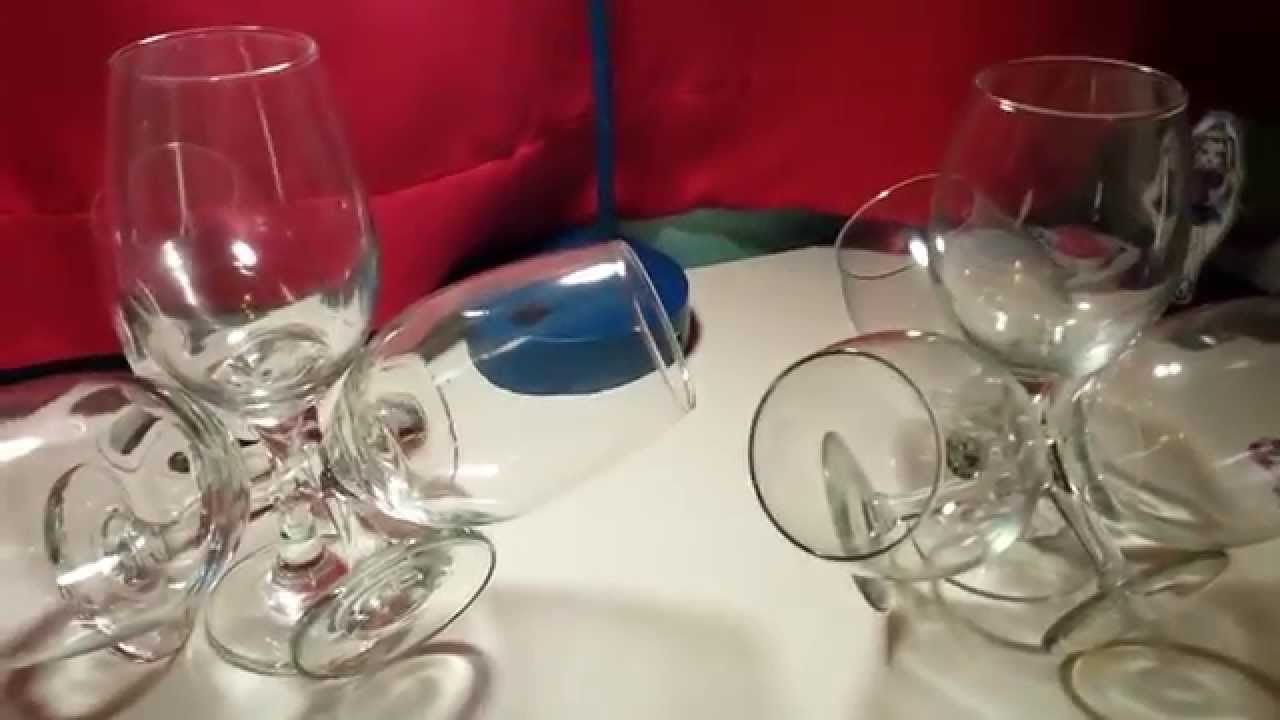

Tableware
How To Place Stemware
Modified: March 21, 2024
Learn how to properly place stemware on your table with this useful guide. Discover the best practices and make your tableware arrangement elegant and functional.
(Many of the links in this article redirect to a specific reviewed product. Your purchase of these products through affiliate links helps to generate commission for Storables.com, at no extra cost. Learn more)
Introduction
When it comes to setting a table for a formal dinner or even a casual gathering, choosing the right stemware can make all the difference. The elegant and functional design of stemware adds sophistication to any table setting and enhances the experience of enjoying a fine meal or a glass of wine.
Stemware refers to the variety of glasses used for serving beverages such as water, wine, champagne, and other specialty drinks. Each type of stemware is designed with specific features to enhance the aroma, taste, and presentation of the beverage being served.
In this article, we will explore the art of placing stemware correctly on the table to create a visually appealing and functional table setting. Whether you are hosting a formal dinner party, a romantic date night, or a simple family gathering, mastering the art of stemware placement will elevate your dining experience.
So, let’s dive in and learn how to expertly place stemware to create a table setting that is both aesthetically pleasing and functional.
Key Takeaways:
- Elevate your dining experience by choosing the right stemware based on beverage type, occasion, and personal preference. Proper placement enhances the visual appeal and functionality of your table setting.
- Master the art of stemware placement to create a visually balanced and sophisticated table setting. Consider factors such as glass shape, space between glasses, and alignment with utensils for an elegant dining experience.
Read more: What Is Stemware?
Choosing the Right Stemware
When it comes to selecting stemware for your table setting, there are a few key factors to consider. The type of beverage being served, the occasion or event, and personal preferences all play a role in choosing the right stemware.
Here are some tips to keep in mind when selecting stemware:
- Consider the type of beverage: Different beverages have different glassware requirements. For example, wine glasses are designed with wide bowls for red wines to allow the wine to breathe and enhance the flavors, while white wine glasses have narrower bowls to preserve the wine’s temperature. Champagne flutes are tall and narrow to retain the carbonation and showcase the bubbles.
- Match the glass shape to the taste and aroma: The shape of the glass can significantly impact the tasting experience. For example, a glass with a tapered rim can concentrate the aroma of the wine, while a wider rim allows for a broader tasting experience. Consider the characteristics of the beverage and choose a glass shape that will enhance its flavors and aromas.
- Consider the occasion: Formal events may call for more elaborate and specialized stemware, such as crystal glasses with intricate designs. For casual gatherings, simpler and more versatile stemware may be suitable. Consider the overall atmosphere and theme of the event, and choose stemware that complements the occasion.
- Take durability into account: Stemware can be delicate and prone to breakage. If you anticipate frequent use or have small children in the household, consider opting for more durable glassware, such as tempered glass or stemless glasses.
- Personal preference: At the end of the day, go with your personal taste and style. Choose stemware that you find visually appealing and comfortable to hold. After all, you’ll be using them to enjoy your favorite beverages.
By considering these factors, you can select stemware that not only enhances the aesthetic appeal of your table but also optimizes the enjoyment of your favorite beverages.
Setting the Table
Setting the table for a formal dinner or any special occasion requires attention to detail and proper placement of stemware. The arrangement of stemware should create a harmonious and balanced look on the table, while also being functional for guests to use throughout the meal.
Here are some guidelines for setting the table with stemware:
- Start with a clean and well-ironed tablecloth or placemats: A clean and well-prepared table provides a polished and inviting atmosphere for your guests.
- Place the dinner plates: Start by placing the dinner plates at the center of each setting, around one inch from the edge of the table.
- Add the flatware: Arrange the flatware on either side of the dinner plates, following this order from the outside in: salad fork, dinner fork, dinner knife, and soup spoon.
- Position the napkins: Place the folded napkins to the left of the forks or on the dinner plate. Alternatively, you can get creative with napkin folds and place them in elegant stemware for a decorative touch.
- Include the stemware: Position the stemware to the right and above the knives. The general rule is to arrange the glasses in the order they will be used, from left to right.
- Consider the number of glasses: Depending on the types of beverages being served, you may need multiple glasses for each guest. Ensure there is enough space between the glasses for easy access and to avoid any accidental tipping.
- Maintain symmetry and balance: Keep the placement of stemware consistent and evenly distributed across the table to achieve a visually appealing and balanced look.
- Leave room for additional stemware: If you plan to serve additional drinks during the meal, such as a dessert wine or a digestif, leave room for those glasses to be added later.
Remember, the exact placement of stemware may vary based on personal preferences and cultural practices. However, following these general guidelines will ensure a well-organized and elegant table setting for your guests to enjoy.
Placement Guidelines
Proper placement of stemware on the table not only adds visual appeal but also serves a functional purpose by ensuring guests can easily access their respective glasses throughout the meal. Follow these placement guidelines to create a well-organized and efficient table setting:
- Align stemware with the utensils: Position the stemware in a straight line with the outermost utensil on each side of the plate. This creates a sense of balance and symmetry on the table.
- Leave space for stemware: Make sure to leave enough space between each stemware glass to allow for easy handling and prevent any accidental knocking over or tipping.
- Place stemware in order of use: Arrange the glasses in the order they will be used, moving from left to right. This ensures that guests can easily identify and reach for the correct glass without confusion.
- Consider the shape of the table: If you’re using a rectangular table, align the stemware in a diagonal pattern from the top left corner towards the bottom right corner. For a round table, place the glasses equidistant from each other around the circumference.
- Ensure the base of the stemware is aligned with the edge of the table: The base of the stemware should touch the table’s edge or be slightly over it. This creates a clean and cohesive look.
- Adjust the stemware height: Align the height of the stemware glasses so that they are visually balanced, with their rims at the same level. This creates a uniform appearance and enhances the overall presentation of the table.
- Consider extra stemware: If you plan to serve multiple types of wine or beverages throughout the meal, consider adding additional stemware to the right of the main glasses. This allows for a seamless transition between different courses or drinks without interrupting the table’s overall visual flow.
- Keep stemware centered above the plate: Position the stemware slightly above the dinner plate, ensuring that it remains centered and aligned with the plate beneath. This creates a neat and organized table arrangement.
By following these placement guidelines, you can create an aesthetically pleasing table setting that enhances the dining experience for you and your guests. It’s all about creating a visually pleasing and functional arrangement that showcases the beauty of the stemware while allowing for easy access throughout the meal.
Water Glass Placement
The water glass is an essential component of a table setting, as it is usually the first glass that guests will reach for. Proper placement of the water glass ensures convenience and accessibility throughout the meal. Follow these guidelines to correctly position the water glass:
- Place the water glass above the knife: Position the water glass slightly above the dinner knife, on the right side of the place setting. The rim of the glass can be aligned with the top of the knife handle.
- Keep the water glass closest to the plate: The water glass should be the closest glass to the center of the table, adjacent to the guest’s right hand. This ensures easy access without reaching across other utensils or glasses.
- Consider using a larger water glass: Opt for a larger water glass, preferably with a capacity of around 8 to 12 ounces, so that it can hold an ample amount of water throughout the meal without needing frequent refills.
- Ensure the water glass is clean and polished: Before placing the water glass, make sure it is clean and free from any smudges or water spots. Polish it with a lint-free cloth to ensure a sparkling appearance.
- Consider using a water carafe: For a more elegant and practical approach, place a water carafe next to the water glass. This allows guests to serve themselves with ease and reduces the need for constant refilling by the hosts.
- Arrange multiple water glasses symmetrically: If you are serving water in multiple glasses on the table, such as for a larger gathering or formal event, ensure that they are arranged symmetrically so that each place setting has its own water glass. Maintain uniformity in both placement and size.
By following these guidelines, you can position the water glass in a way that is visually pleasing and functional for guests, allowing them to stay hydrated throughout the meal. Remember to check the water glasses periodically to ensure they remain filled and offer a refreshing sip to your guests.
When placing stemware, always hold the glass by the stem to avoid leaving fingerprints on the bowl. This will help maintain the visual appeal of the glass and keep it clean for serving.
Read more: How To Store Stemware
Wine Glass Placement
Wine glasses are a key component of a formal table setting, as they are used to serve different types of wines and enhance the overall dining experience. Proper placement of wine glasses ensures ease of use and adds an elegant touch to the table. Follow these guidelines to correctly position wine glasses:
- Arrange wine glasses in order of use: Place the wine glasses in the order they will be used, from left to right. This typically starts with the red wine glass, followed by the white wine glass, and then any other specific wine glasses for different varieties or courses.
- Position wine glasses above the water glass: Align the base of each wine glass above the upper-right side of the water glass. This creates a visually balanced and unified look.
- Leave space between wine glasses: Ensure there is enough space between each wine glass to prevent any accidental knocking or tipping. Aim for around one to two inches of space between each glass.
- Consider using different wine glass styles: Depending on the wines being served, different wine glass styles may be required. Red wine glasses typically have larger and rounder bowls, while white wine glasses have smaller and narrower bowls. This allows for optimal aeration and aroma release for each specific type of wine.
- Take into account the number of wine glasses: If you are serving multiple types of wine throughout the meal, ensure that each guest has enough wine glasses for each variety. Adjust the placement accordingly to accommodate the additional glasses.
- Keep wine glasses aligned and symmetrical: Ensure that the wine glasses are aligned with each other and have a symmetrical placement on the table. This contributes to a visually appealing and organized table setting.
- Consider using wine glass charms or tags: To help guests identify their wine glasses easily, consider using wine glass charms or tags. This adds a decorative touch and prevents any mix-ups during the course of the meal.
By following these guidelines, you can create an elegant and well-organized table setting that showcases the wine glasses and allows guests to enjoy their wine to the fullest. Remember to handle the wine glasses with care and consider decanting the wines prior to serving to enhance their flavors and aromas.
Champagne Flute Placement
The champagne flute adds a touch of elegance to any celebratory occasion or special event. Proper placement of the champagne flute ensures it stands out on the table and allows guests to fully enjoy their sparkling wine. Follow these guidelines to correctly position champagne flutes:
- Place the champagne flute to the right of the wine glasses: Position the champagne flute on the right side of the wine glasses, slightly above and to the right of the water glass. The stem of the flute should align with the base of the other glasses for a visually balanced look.
- Elevate the champagne flute: Raise the champagne flute slightly above the other glasses to showcase its elegant form. This also makes it easier for guests to identify and reach for during toasts or when enjoying champagne throughout the event.
- Consider using a champagne tower: For particularly special events or large gatherings, consider creating a champagne tower display. Arrange the champagne flutes in a pyramid-like structure, starting with a wide base and ascending to a narrower top. This creates a stunning visual centerpiece that adds a touch of grandeur to the table.
- Keep champagne flutes evenly spaced: Ensure there is enough space between each champagne flute to prevent any accidental tipping or clinking. Aim for around one to two inches of space between each flute.
- Consider pre-pouring champagne: To save time and ensure guests can toast immediately, consider pre-pouring champagne into each flute. This eliminates the need for guests to pour their own champagne and keeps the table setting looking neat and organized.
- Adjust the quantity of champagne flutes: Depending on the number of guests and the amount of champagne being served, adjust the quantity of champagne flutes accordingly. Consider having extras on hand for any additional toasts or unexpected guests.
By following these guidelines, you can position the champagne flutes in a way that adds a touch of sophistication to your table setting. Whether you’re hosting a wedding, a New Year’s Eve party, or any other celebratory event, the properly placed champagne flutes will elevate the occasion and create a memorable atmosphere.
Dessert Wine Glass Placement
Dessert wines are a delightful way to conclude a meal, and serving them in the appropriate glassware enhances the enjoyment of these sweet and flavorful beverages. Proper placement of dessert wine glasses adds a touch of elegance to your table setting. Follow these guidelines to correctly position dessert wine glasses:
- Place the dessert wine glass above and to the right of the regular wine glasses: Position the dessert wine glass slightly above and to the right of the regular wine glasses, aligned with the base of the other glasses. This placement ensures that it stands out without overshadowing the other glasses on the table.
- Consider a smaller glass size: Dessert wines are typically served in smaller portions compared to other wines. Therefore, choose a smaller glass size, such as a tulip-shaped glass or a smaller wine glass, that can hold the appropriate amount of dessert wine.
- Keep the dessert wine glass separate: Avoid placing the dessert wine glass directly in line with the other wine glasses. By keeping it slightly separated, it signals to guests that it is intended for a different type of wine, enhancing the overall aesthetics and functionality of the table.
- Consider serving dessert wines with dessert: If you are serving a specific dessert that pairs well with a particular dessert wine, you can present the dessert wine glass along with the dessert itself. This creates a cohesive and visually pleasing presentation.
- Adjust the quantity of dessert wine glasses: Depending on the number of guests and the amount of dessert wine being served, adjust the quantity of dessert wine glasses accordingly. Typically, only one glass per guest is sufficient for dessert wine.
- Ensure cleanliness and shine: Before placing the dessert wine glasses, make sure they are clean and free from any smudges or water spots. Polish them with a lint-free cloth to ensure they sparkle and enhance the overall elegance of the table setting.
By following these guidelines, you can create a visually appealing and well-organized table setting that highlights the special nature of dessert wines. Proper placement of dessert wine glasses elevates both the presentation and the enjoyment of these delightful and indulgent wines.
Specialty Stemware Placement
In addition to the standard stemware for water, wine, champagne, and dessert wines, there are various specialty stemware options available for serving specific types of beverages. From brandy snifters to martini glasses, properly placing specialty stemware adds a touch of sophistication and elevates the presentation of these unique drinks. Here are some guidelines for placing specialty stemware:
- Consider the specific beverage: Different beverages require specific glassware to enhance their flavors and aromas. Consider the type of specialty drink being served and choose the appropriate stemware accordingly.
- Position specialty stemware above the other glasses: Similar to the placement of dessert wine glasses, position specialty stemware slightly above and to the right of the regular glasses. This arrangement visually differentiates them from the other stemware and creates a focal point on the table.
- Think about the glass shape: Each specialty stemware has its own unique shape and design to optimize the drinking experience. Whether it’s a wide-based brandy snifter or a long-stemmed martini glass, consider the shape of the glass when placing it on the table.
- Ensure adequate space between specialty stemware: Leave enough space between each specialty glass to avoid any accidental tipping or clinking of the glasses. This also creates a visually pleasing display and avoids any overcrowding on the table.
- Consider serving these beverages separately: Depending on the occasion and formality of the event, you may choose to serve specialty beverages separately from the main meal. In this case, you can set up a dedicated area or bar where guests can mingle and enjoy their specialty drinks along with the appropriate stemware.
- Adjust the quantity of specialty stemware: Depending on the number of guests and the type of specialty drink being served, adjust the quantity of specialty stemware accordingly. Ensure that each guest has access to the appropriate glass for their preferred beverage.
By following these guidelines, you can create a visually appealing and well-coordinated table setting that showcases the unique nature of specialty stemware. Whether it’s serving a classic margarita in a salt-rimmed glass or a snifter of fine cognac, the proper placement of specialty stemware adds a touch of elegance and enhances the overall dining or socializing experience.
Read more: How To Identify Fostoria Stemware
Conclusion
Placing stemware correctly on the table is a key element in creating a well-organized and aesthetically pleasing table setting for any occasion. From water glasses to wine glasses, champagne flutes to dessert wine glasses, and specialty stemware for unique beverages, each type of stemware serves a specific purpose and adds its own touch of elegance to the dining experience.
By considering the type of beverage, the occasion, and personal preferences, you can choose the right stemware to enhance the enjoyment of the drinks being served. Remember to align the stemware with the utensils, leave space between glasses, and arrange them in the order of use to ensure functionality and convenience for your guests.
Proper placement of stemware not only creates a visually balanced and harmonious table setting but also improves the overall dining experience. It allows guests to easily identify and access their glasses, enhances the presentation of the beverages, and adds a sense of sophistication and refinement to any event.
Whether you’re hosting a formal dinner party, a casual gathering, or a special celebration, mastering the art of placing stemware demonstrates your attention to detail and elevates the overall ambiance. So, take some time to carefully arrange your stemware, keeping in mind the guidelines for each type of glass, and create a table setting that truly dazzles your guests.
Remember to handle your stemware with care, keep it clean and polished, and adjust the placement based on the specific needs of your event. With these considerations in mind, you can confidently set a table that showcases the beauty of stemware and enhances the enjoyment of fine beverages with every sip.
Frequently Asked Questions about How To Place Stemware
Was this page helpful?
At Storables.com, we guarantee accurate and reliable information. Our content, validated by Expert Board Contributors, is crafted following stringent Editorial Policies. We're committed to providing you with well-researched, expert-backed insights for all your informational needs.
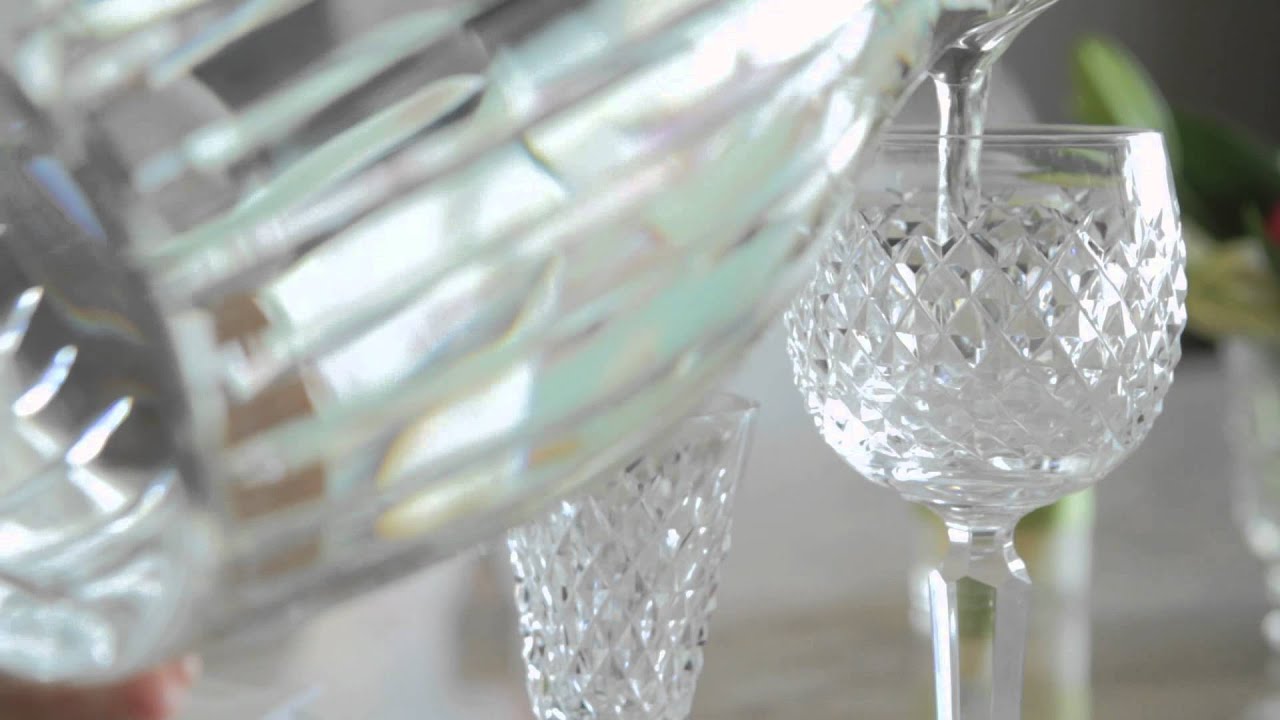
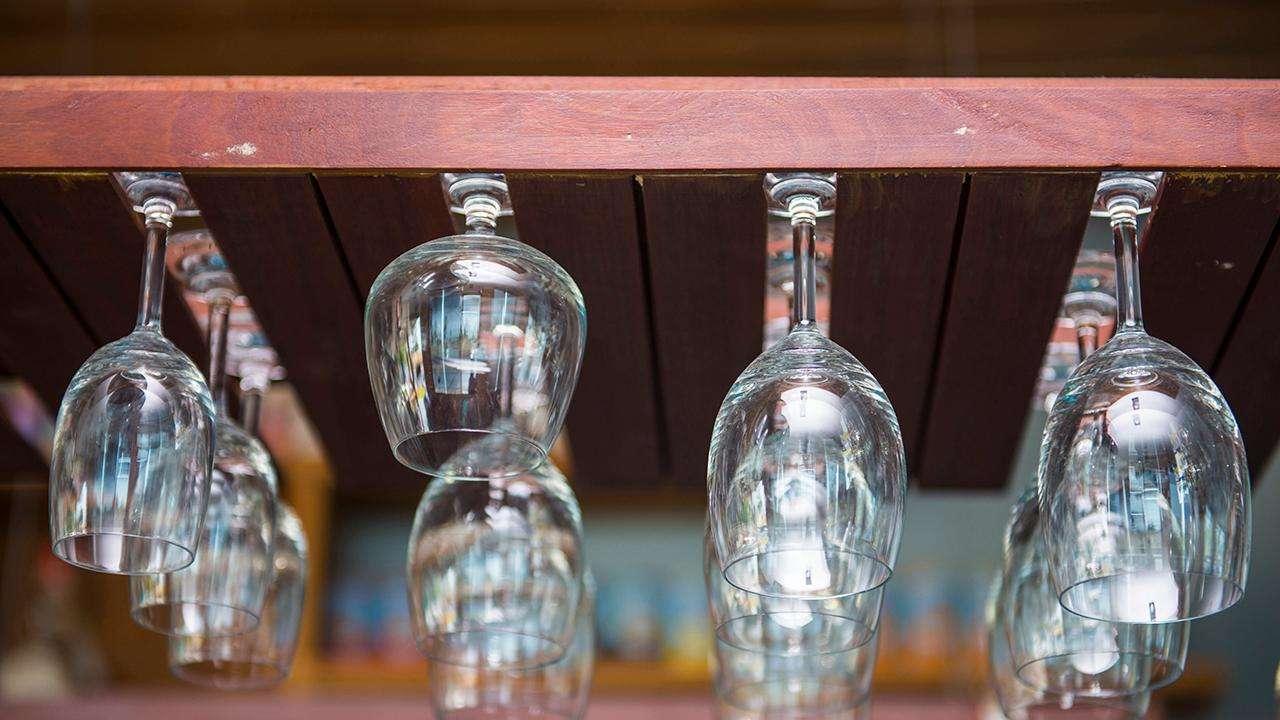

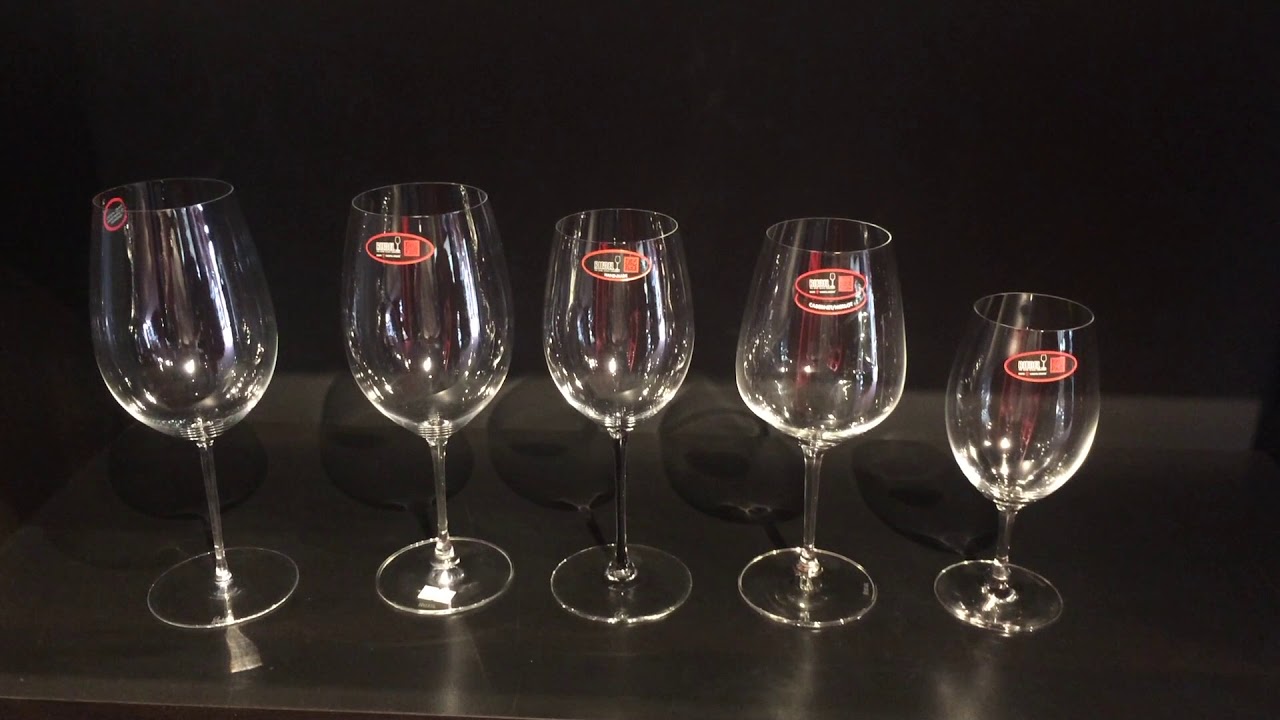
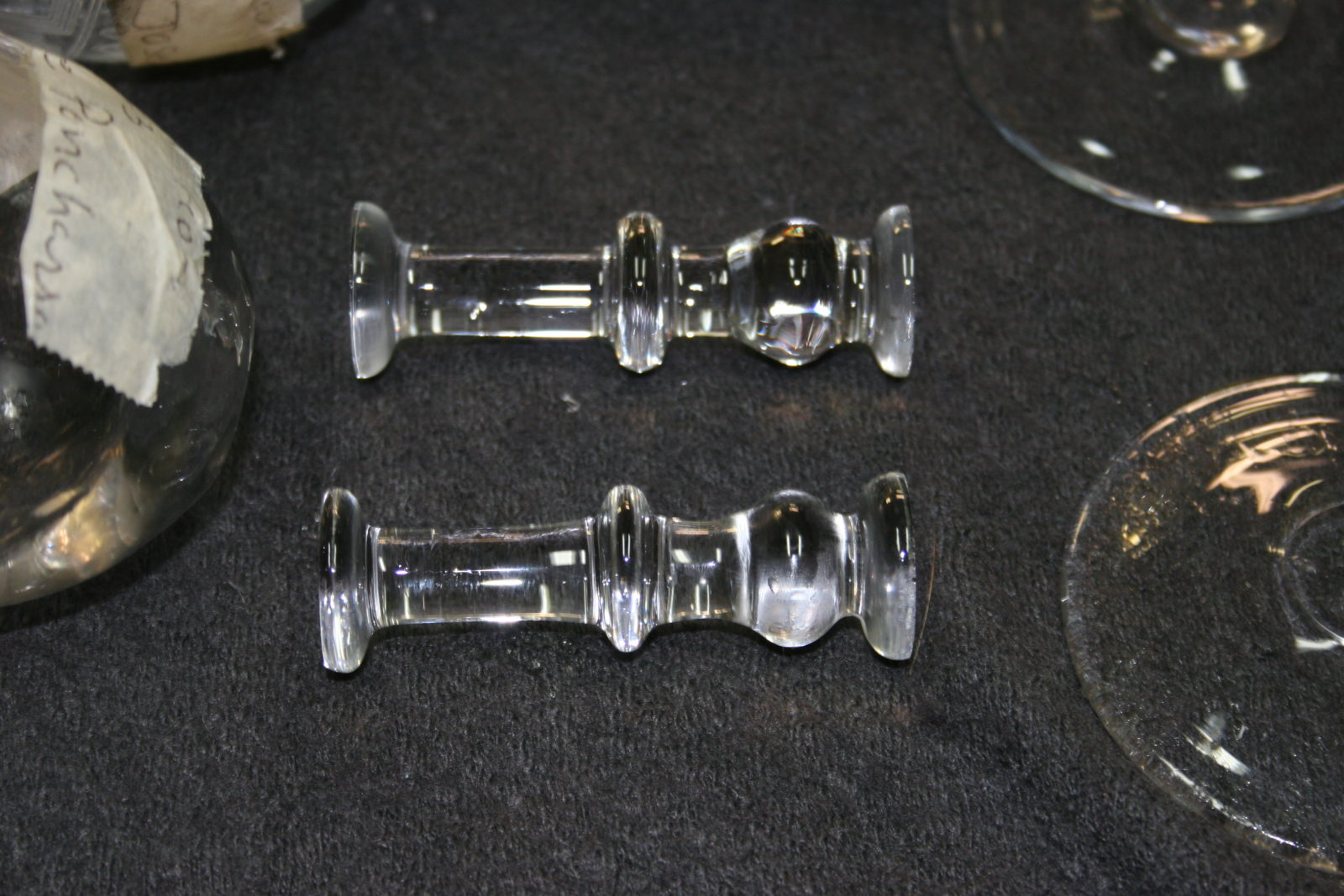
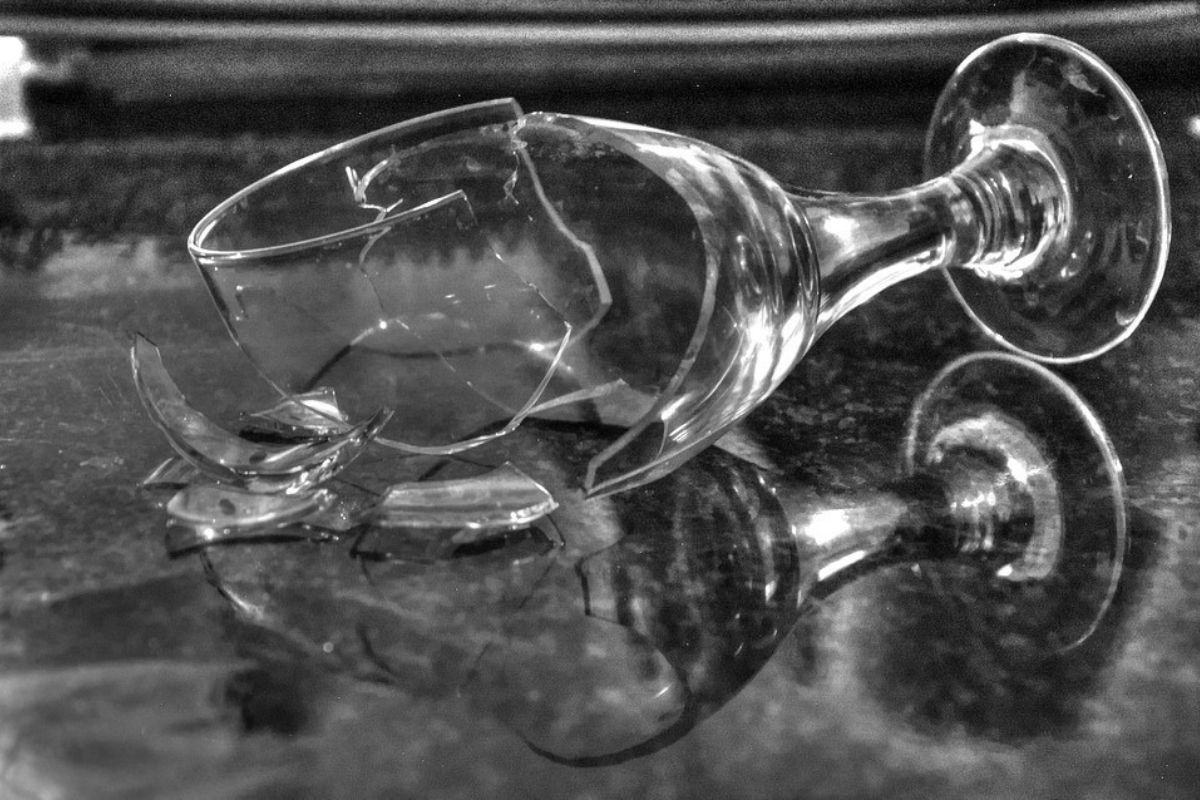
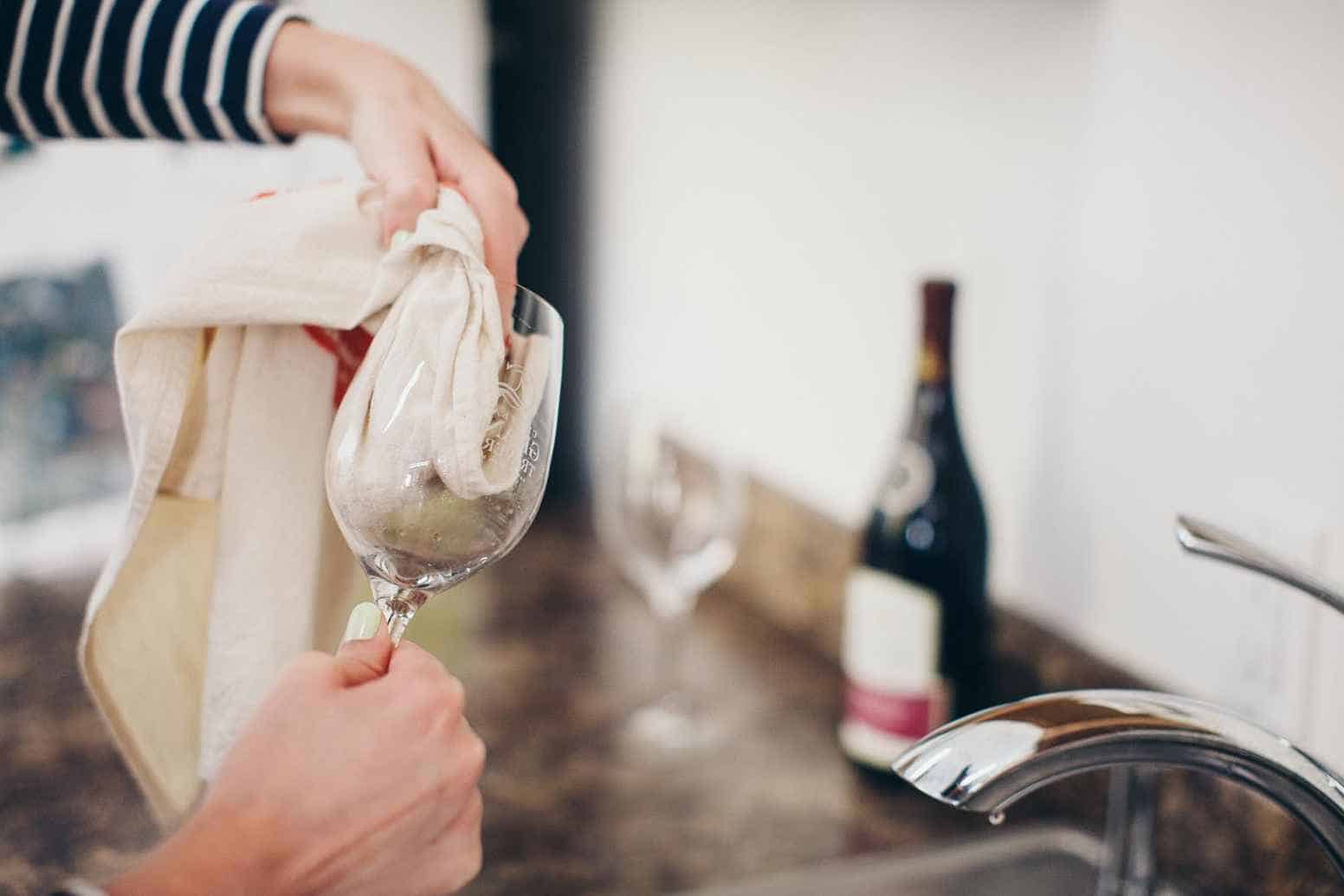
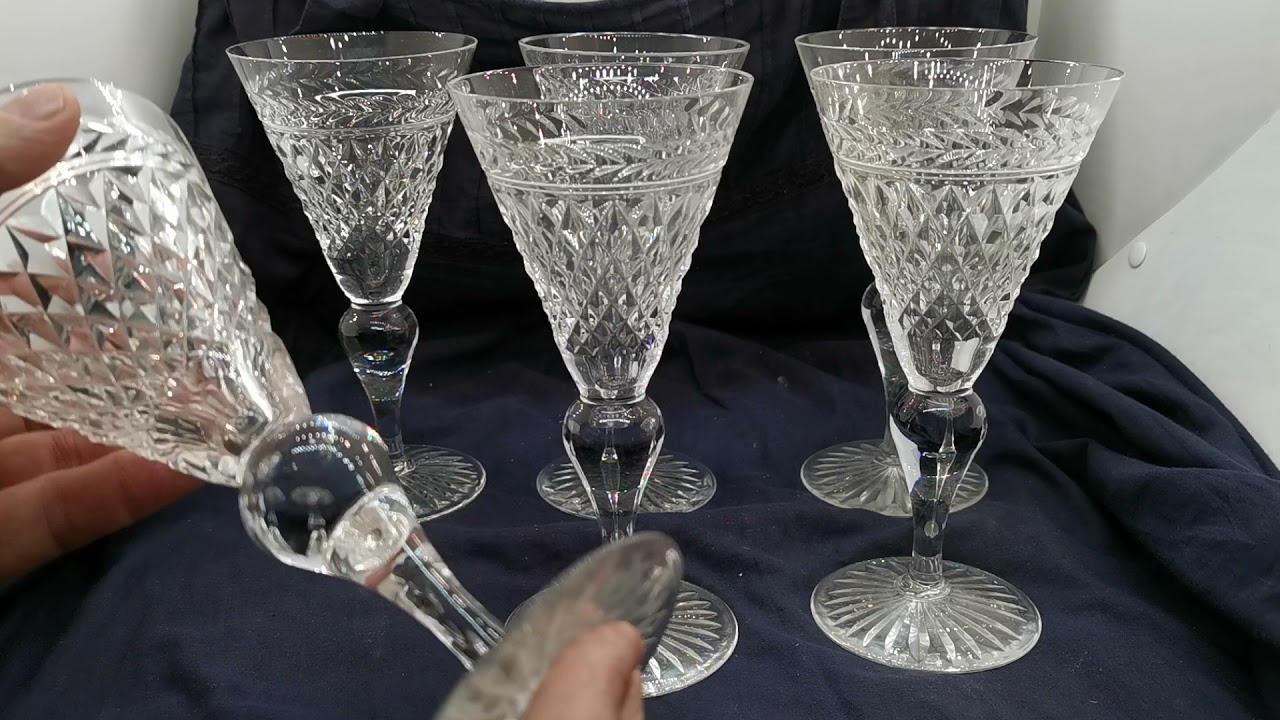
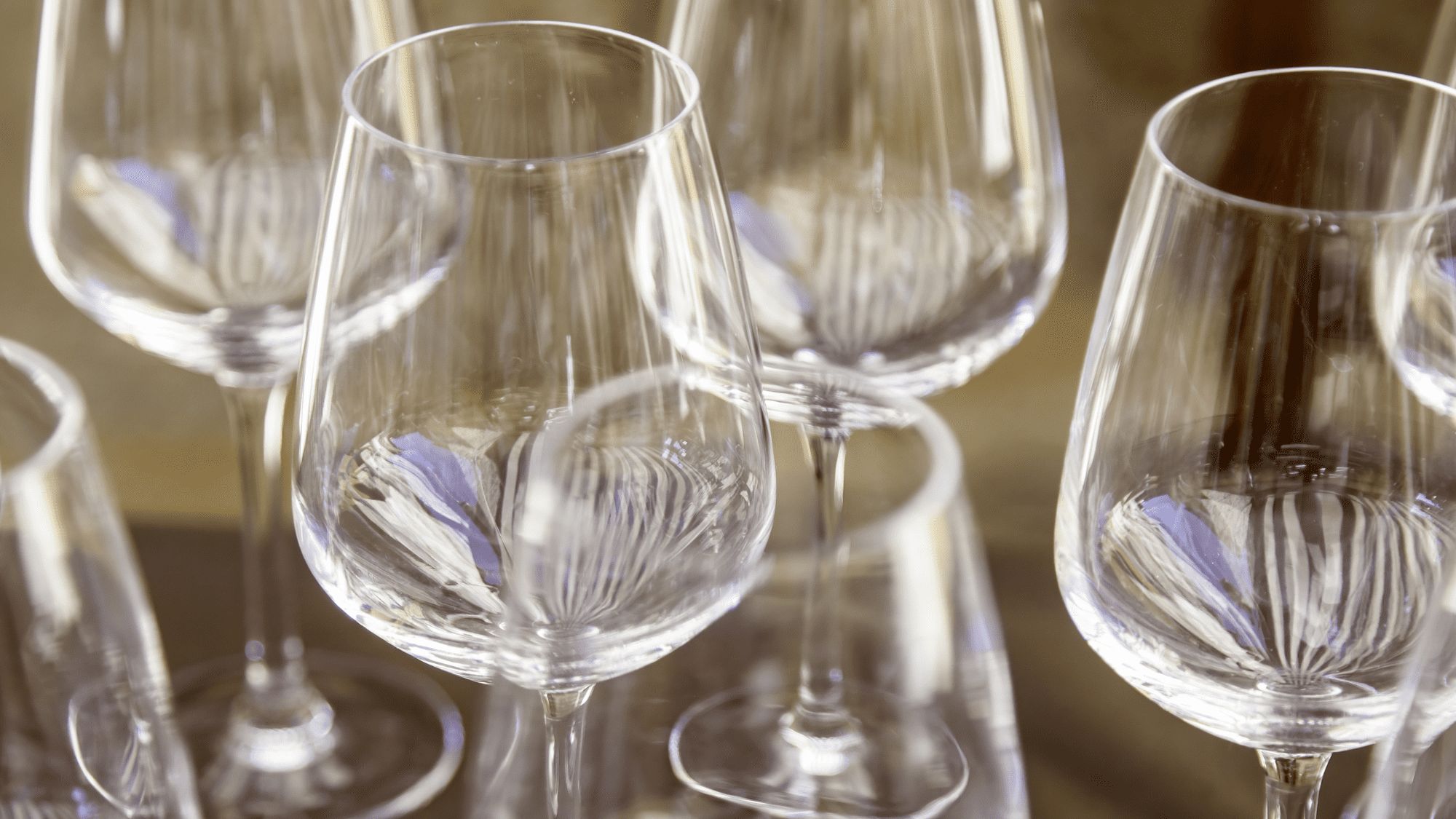
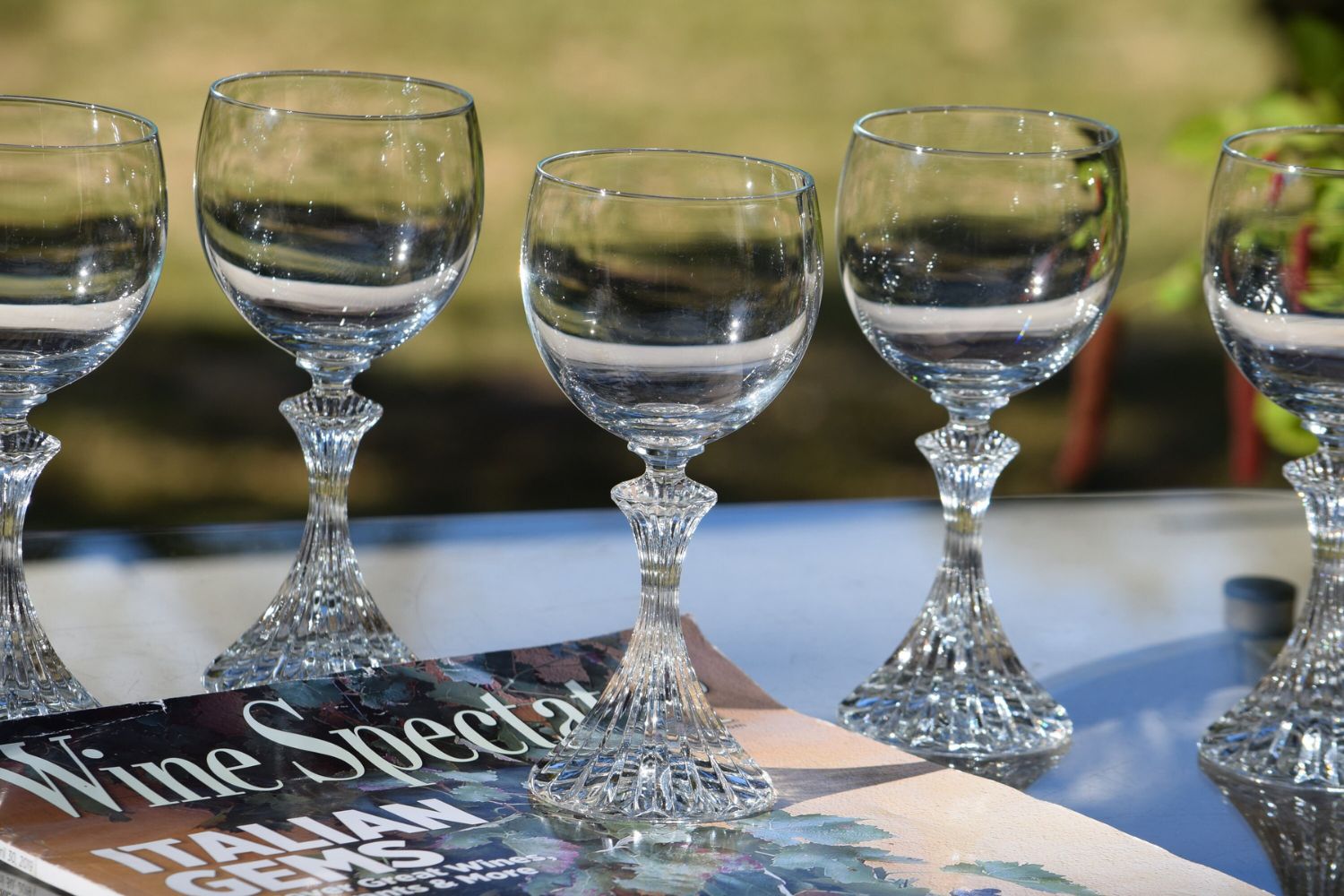
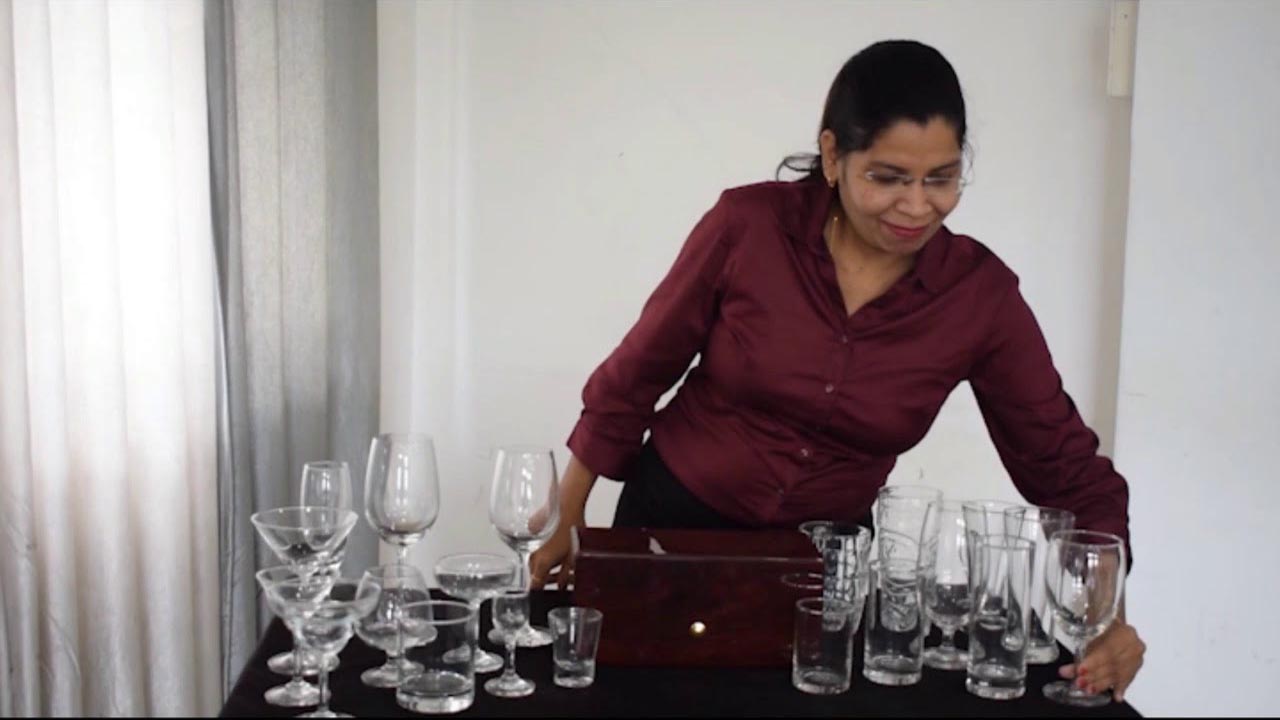
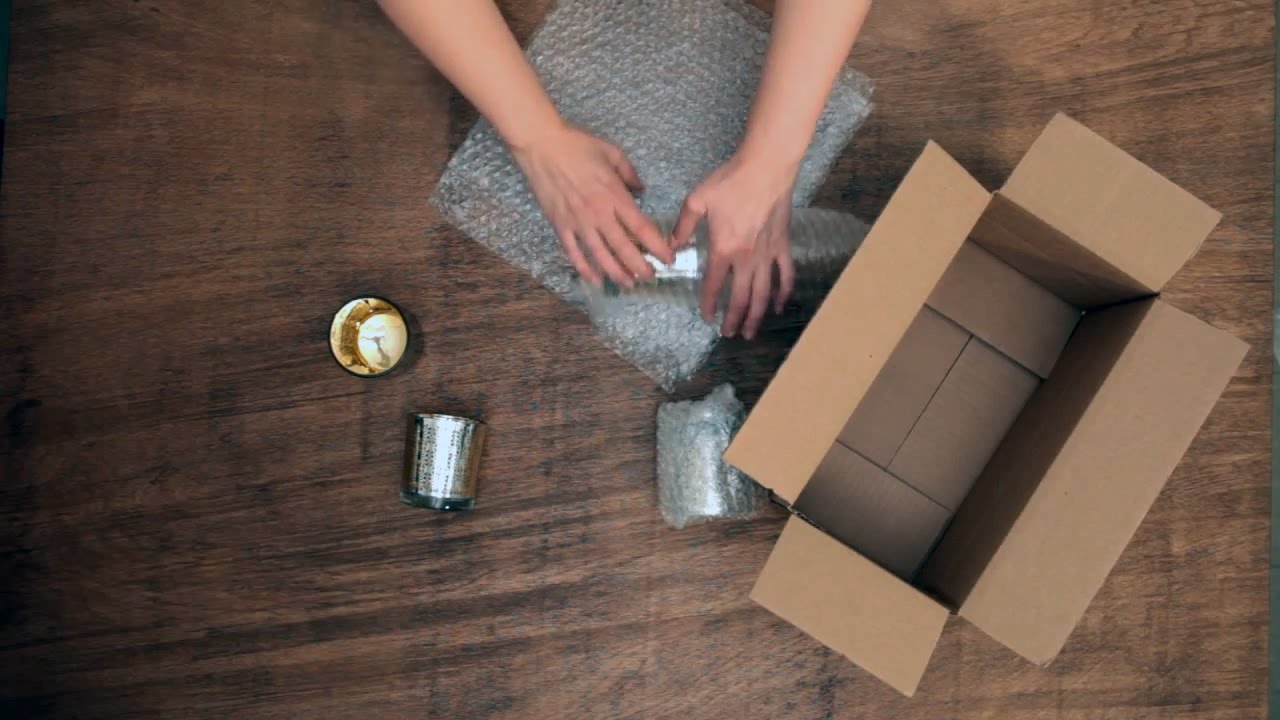
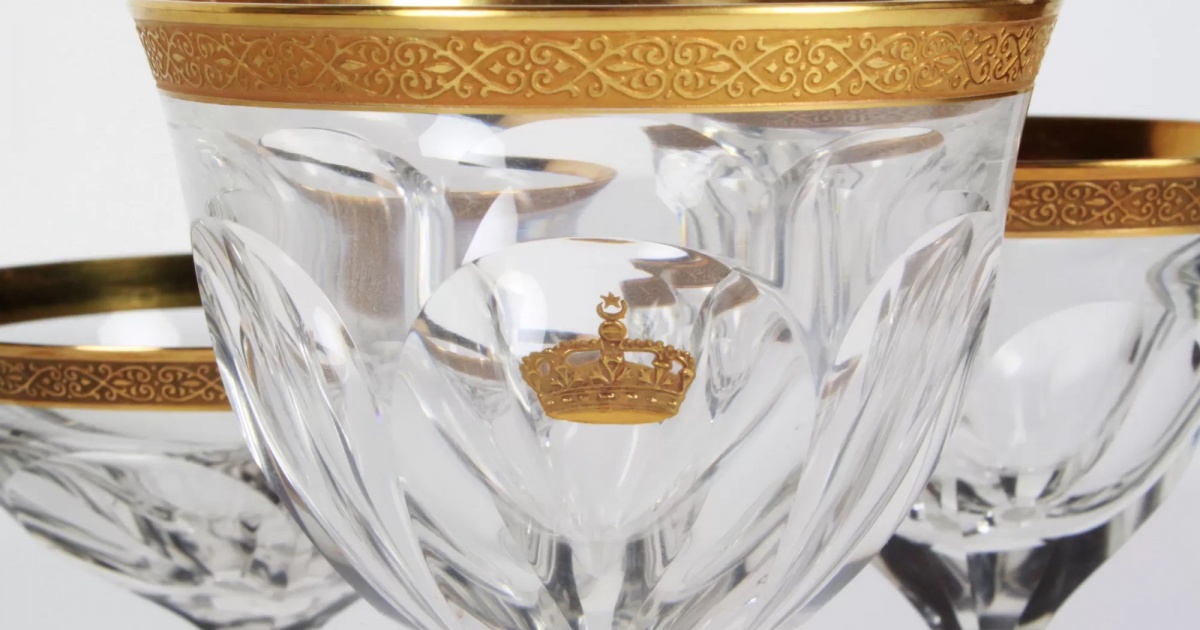

0 thoughts on “How To Place Stemware”